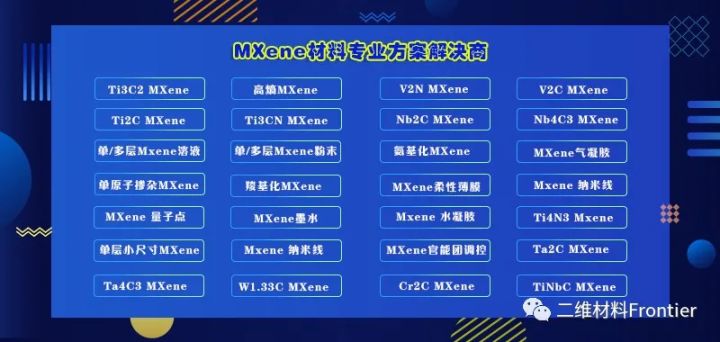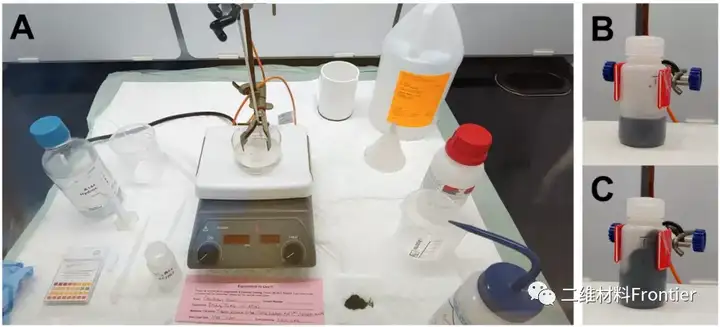
hotline:
17715390137
Tel/Wechat:
18101240246 (Technology)
0512-68565571
Email:mxenes@163.com (Sales Engineer)bkxc.bonnie@gmail.com
Scan the code to follow or search the official account on WeChat:
2D Materials Fronrier After paying attention,
click on the lower right corner to contact us,
Enter enterprise WeChat.
Professional Services Online



one. Article overview
MXenes has proven to be a material with a wide range of applications, from electrochemical energy storage to environmental remediation, making it more and more popular in research. As more and more new researchers pay attention to MXenes, it becomes more and more important to ensure the safe and reliable production of these materials. Here, the article describes the safe synthesis of MXenes, from its precursor (MAX) to the final product (layered MXene), with an emphasis on HF-based etching methods. The author discusses the safety risks associated with each step of the procedure and demonstrates the necessary precautions for safe, repeatable, and reliable synthesis.
Two, graphic guide


Figure 2. Security risks associated with MAX synthesis.
In the above picture, (A) is a photo of a tube furnace with an insulated plug to minimize heat loss and thermal shock. (B) Photograph of a two-stage trap system that captures released gas and monitors air-conditioning fluid in a high-temperature furnace. (C) A photograph of a hydrochloric acid washing device set up in the MAX phase.

Figure 3. Personal protective equipment required for protection from HF.
In addition to tight shoes, trousers and chemical goggles, when HF etching, it also includes (A) mask, (B) anti-high frequency gloves with sleeves, and (C) plastic or rubber apron. (D) is the overall effect.

3. Full text summary
Here, the author takes Ti3C2Tx etched by the HF/HCl method as an example to describe the safety process and procedures for the synthesis of MXenes. Part of the hazards from the synthesis of ti3alc2 are high-temperature powder and hydrochloric acid washing. When synthesizing Ti3C2Tx from Ti3AlC2 using HF-based etchant, the main safety issue is the handling and use of HF-containing solutions. Before conducting experiments, it is vital to fully understand all risks, wear appropriate personal protective equipment, use engineering control measures as much as possible, and always conduct experiments with other people in the laboratory. Through the procedures outlined in the article, researchers will be able to produce high-quality MXenes in a safe and reproducible manner.
Article link:
https://doi.org/10.1021/acs.chas.1c00051

| Reminder: Beijing Beike New Material Technology Co., Ltd. supplies products only for scientific research, not for humans |
| All rights reserved © 2019 beijing beike new material Technology Co., Ltd 京ICP备16054715-2号 |